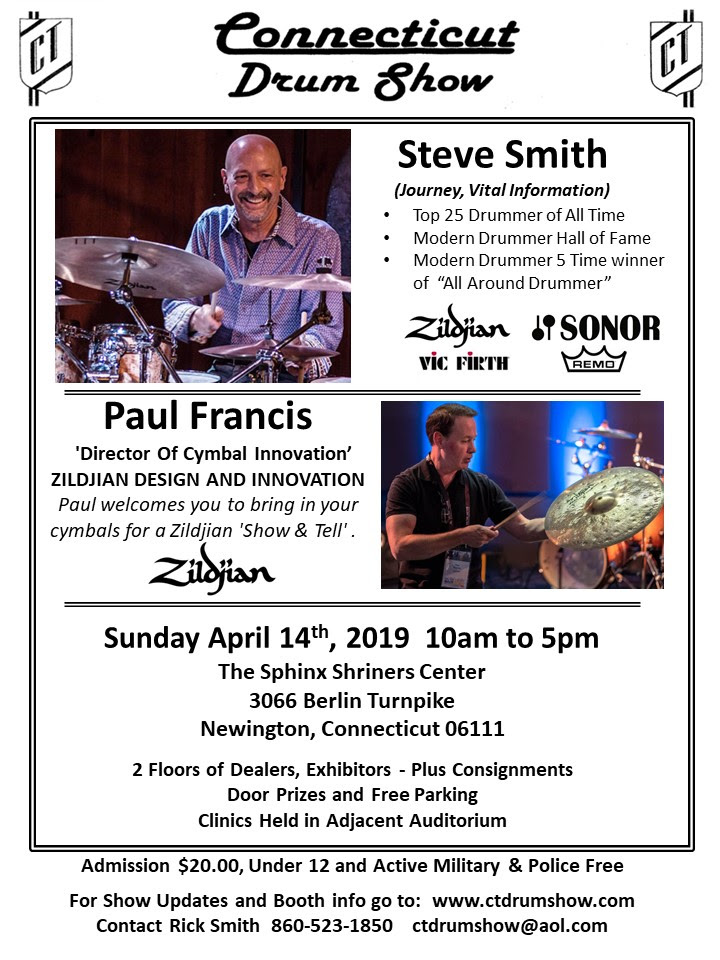Connecticut Drum Show, April 14, 2019
Read more1968 Walberg & Auge Perfection Jazz Outfit in Blue Stata Pearl
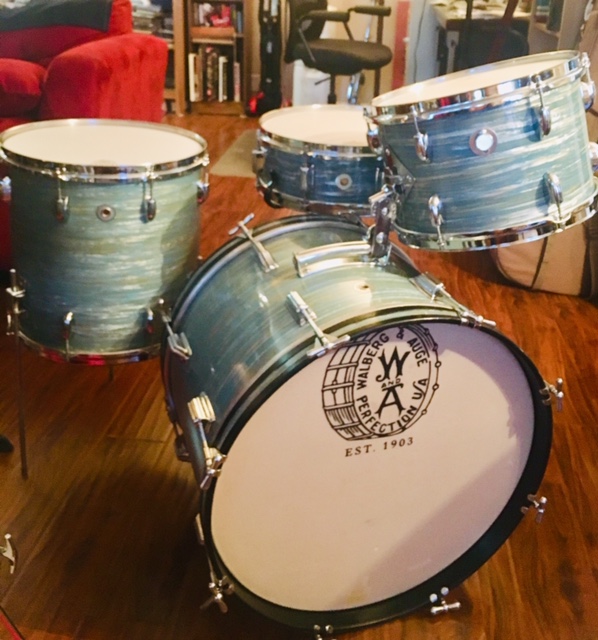

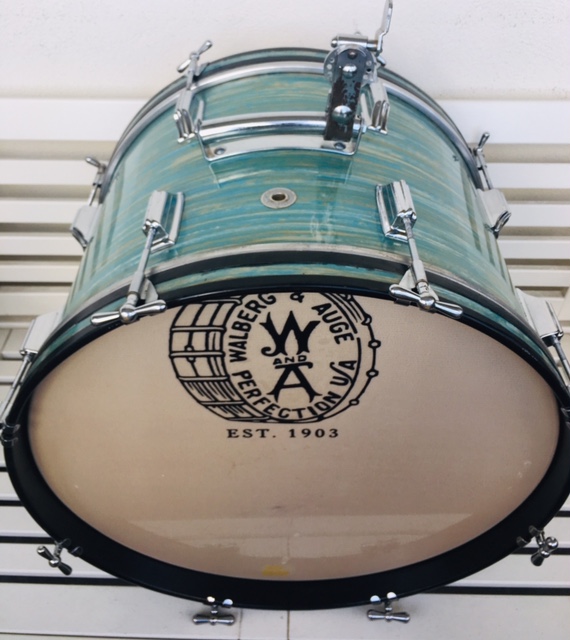
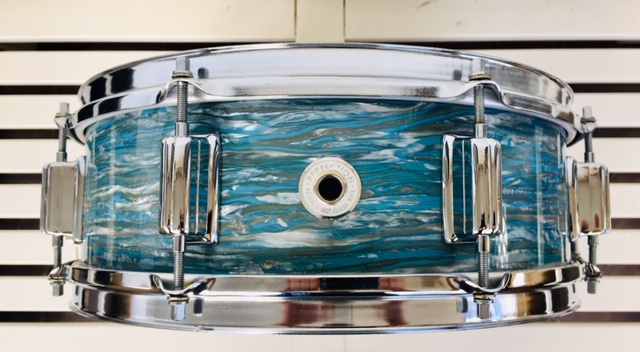
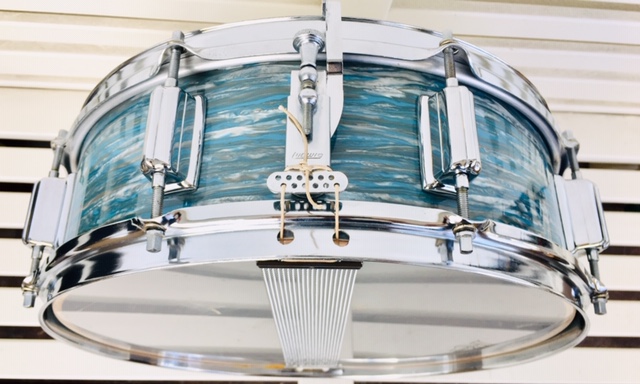
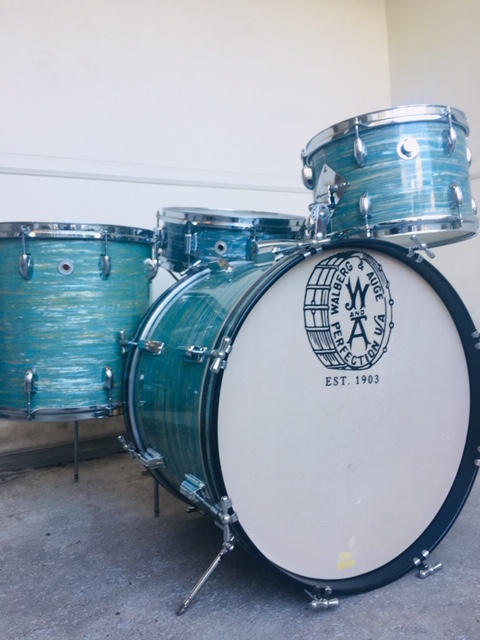
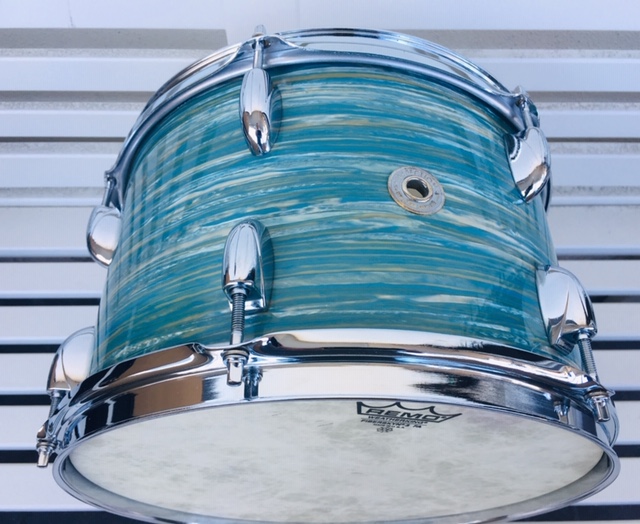

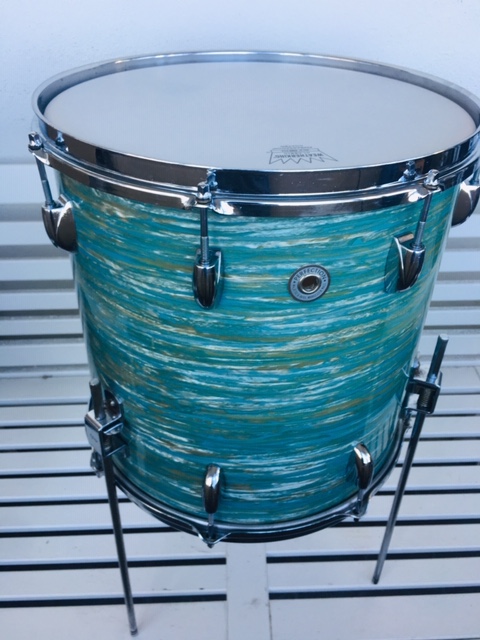
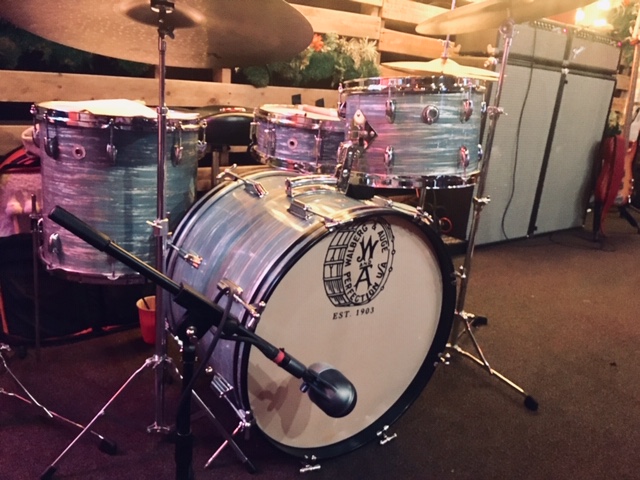
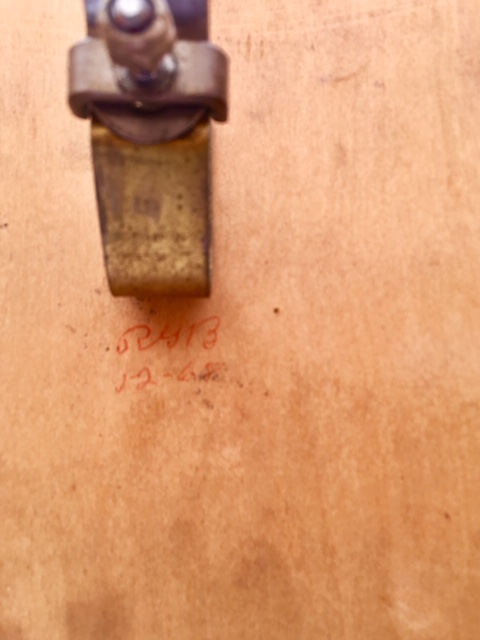
These non mass-produced drums sets were made by the company that provided the metal hardware and hardware designs for the big drum companies in the 1900's. Based in Worcester MA, Walberg and Auge is considered to be, "the biggest unknown name in the history of twentieth-century American percussion" Check out the unique mix of hardware. This drum kit was hand built to 'Perfection' by Robert George Bernard (RGB) in December 1968. The shells are the early 60's 6 ply Gretsch Jasper shells with the COOLEST MIX of Gretsch, Ludwig, Rogers and W&A hardware. Whatever RGB had near him when he decided to build a set. So unique and one of a kind.
Read more1939-41 SLINGERLAND 6.5 x 14 GENE KRUPA *SEA GREEN RADIO KING MODEL
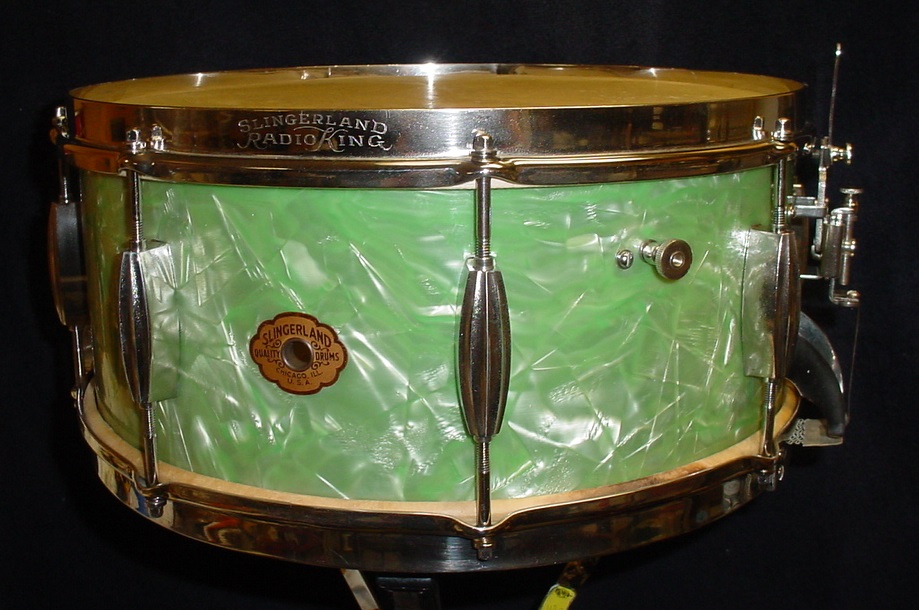

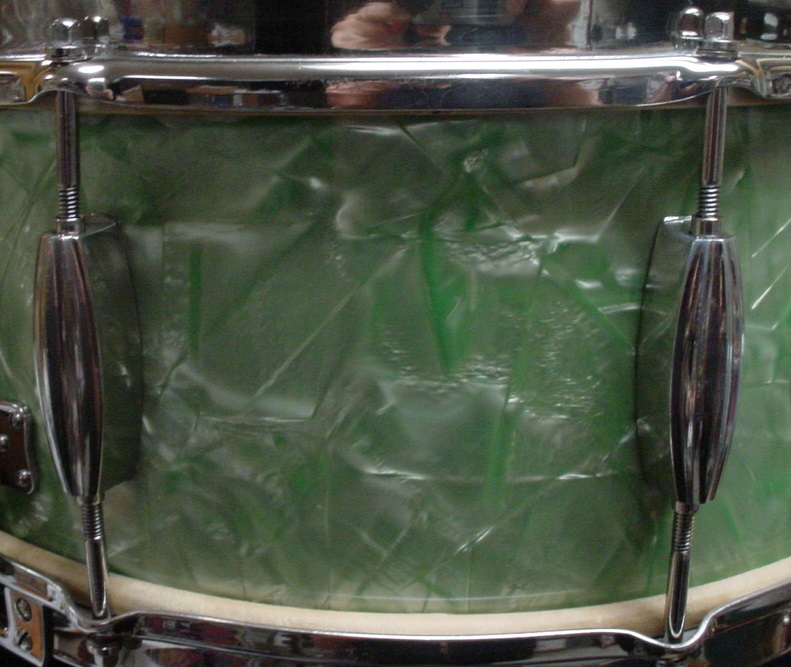
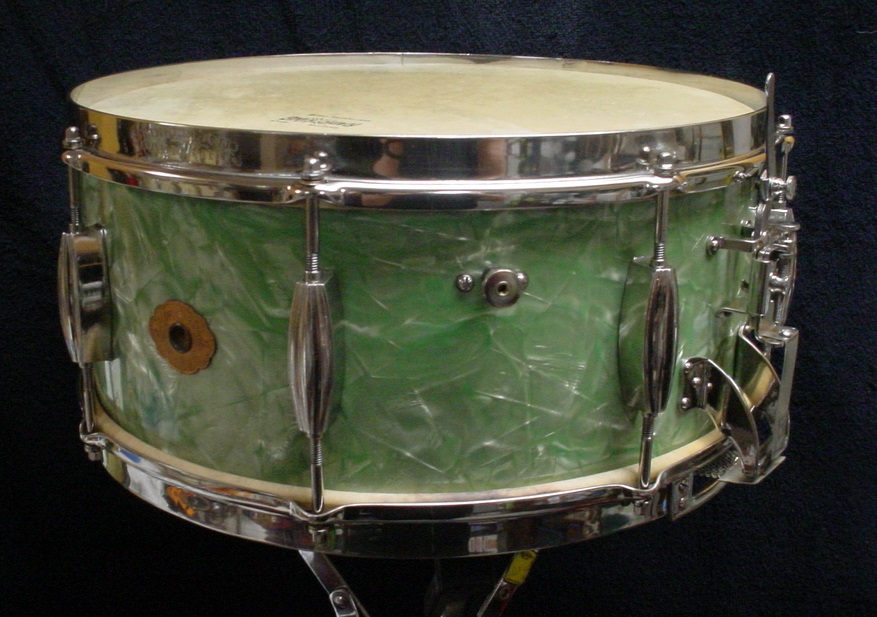
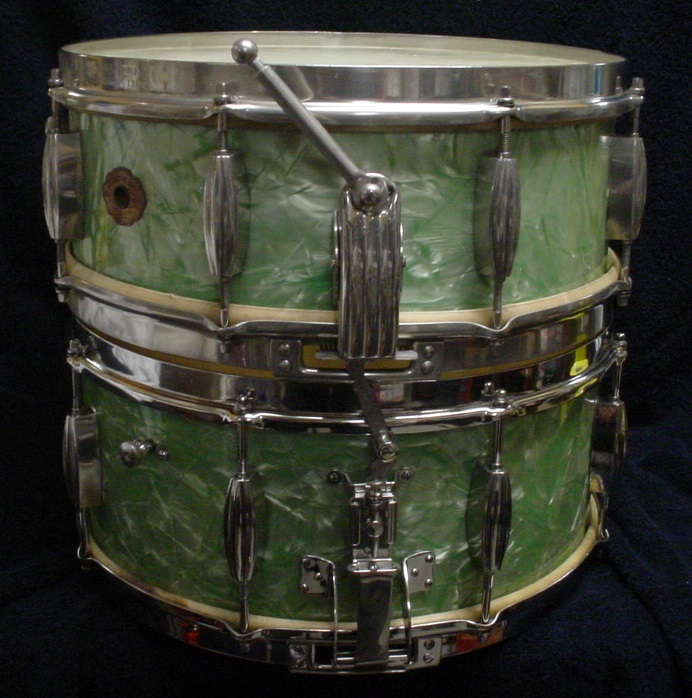
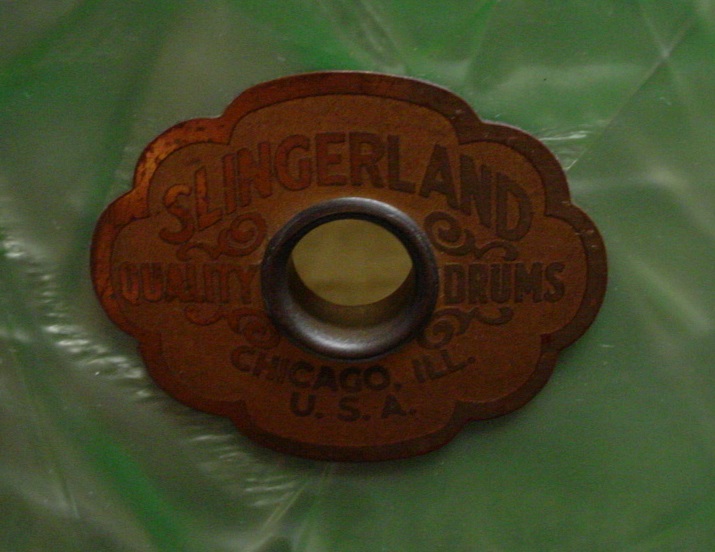
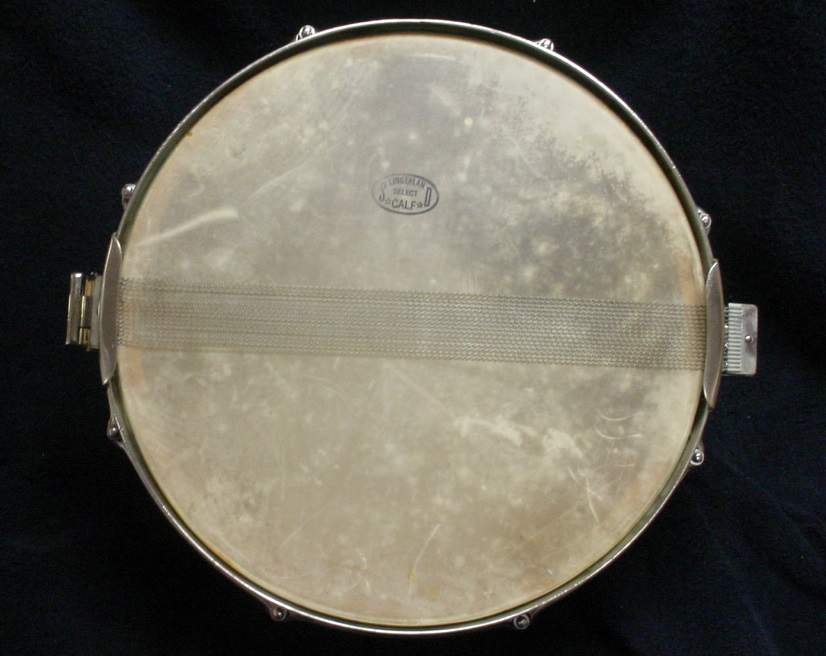
Sea Green was in the Slingerland catalog from 1928-1938. Mark has dated this drum from 1939 to 1941. Mark has also mentioned this is the only Sea Green Radio King that he has ever seen...there is another...more on that later.
Read moreBrush with greatness - an afternoon with drummer Fred Young of the Kentucky Headhunters
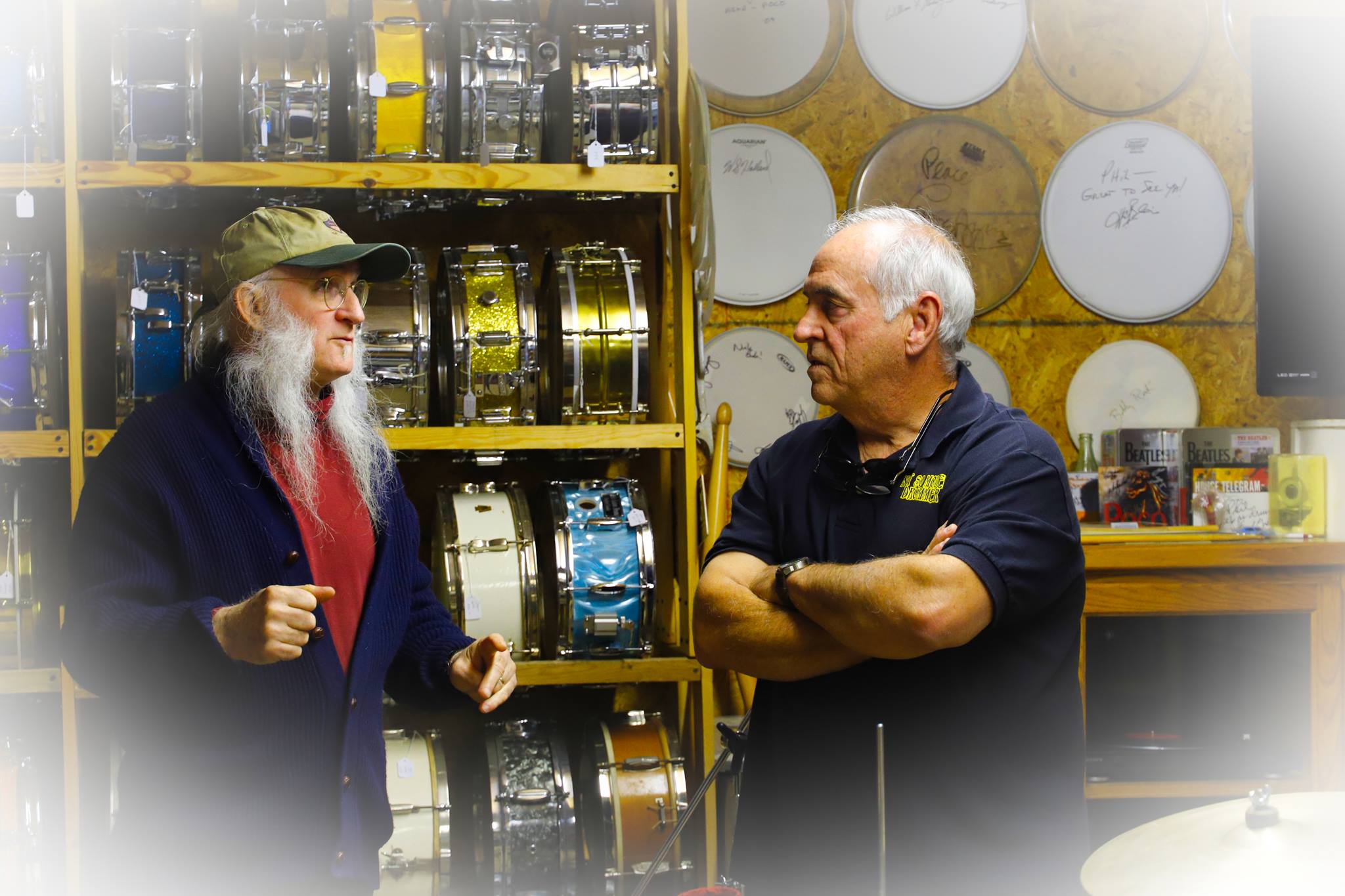
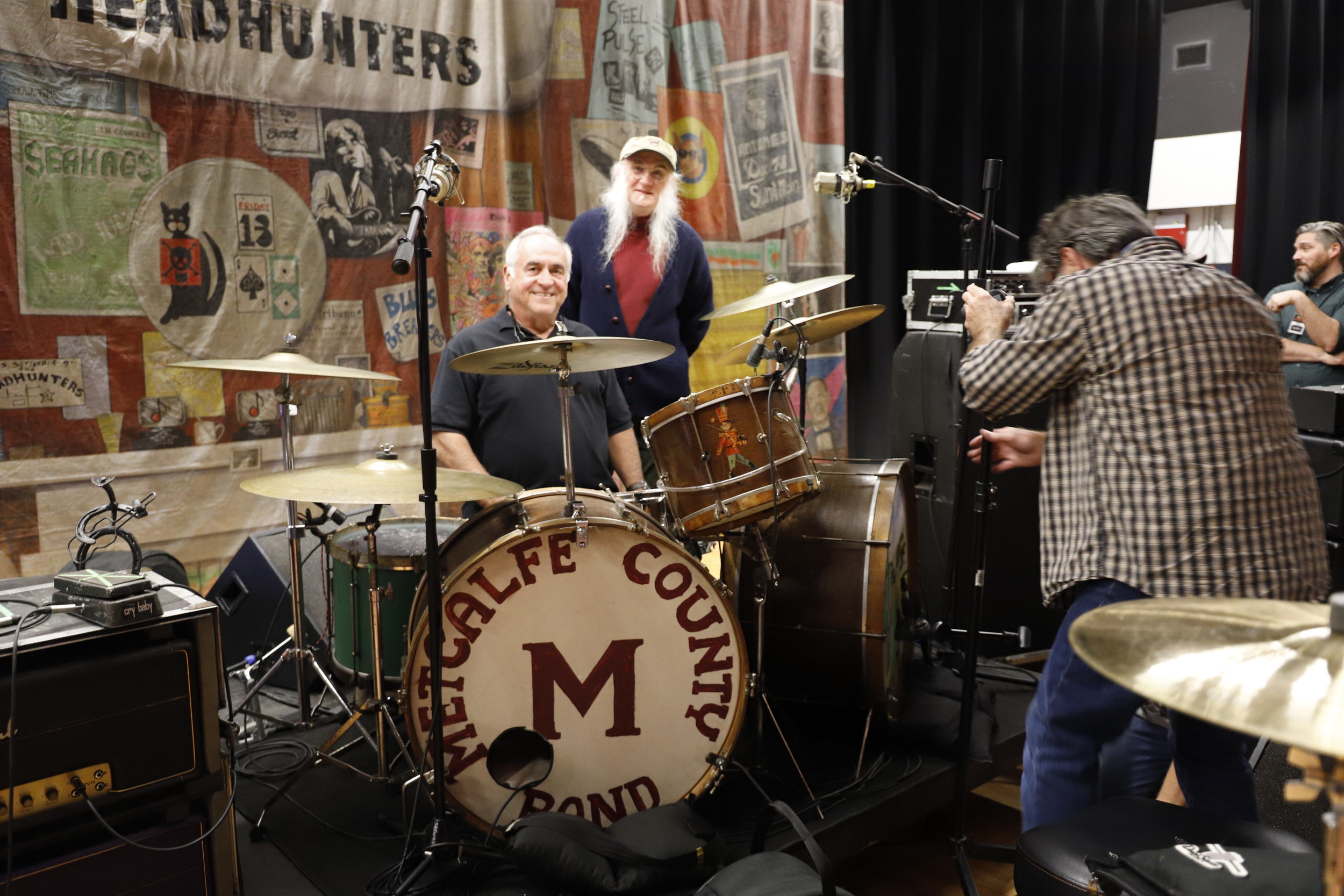
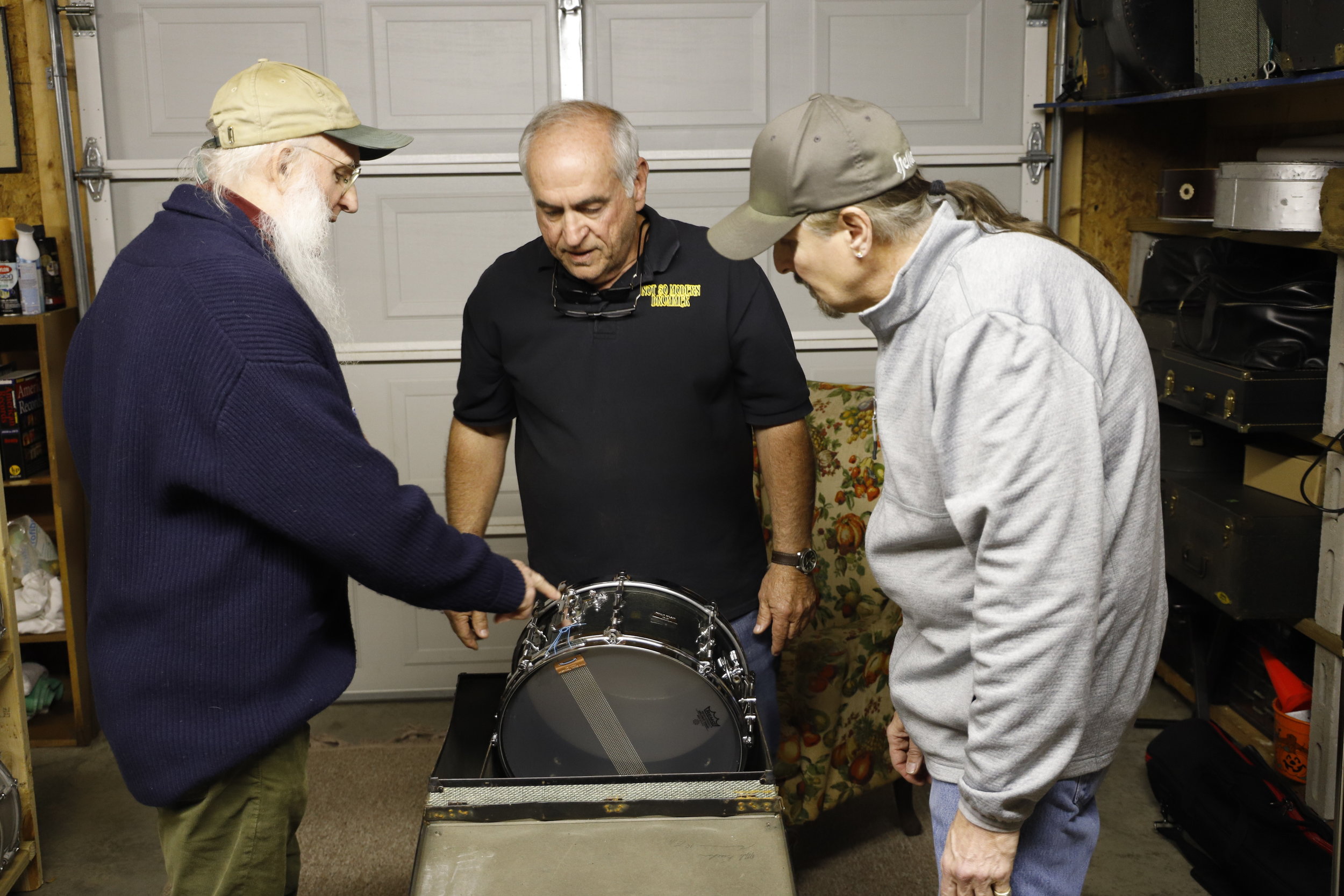
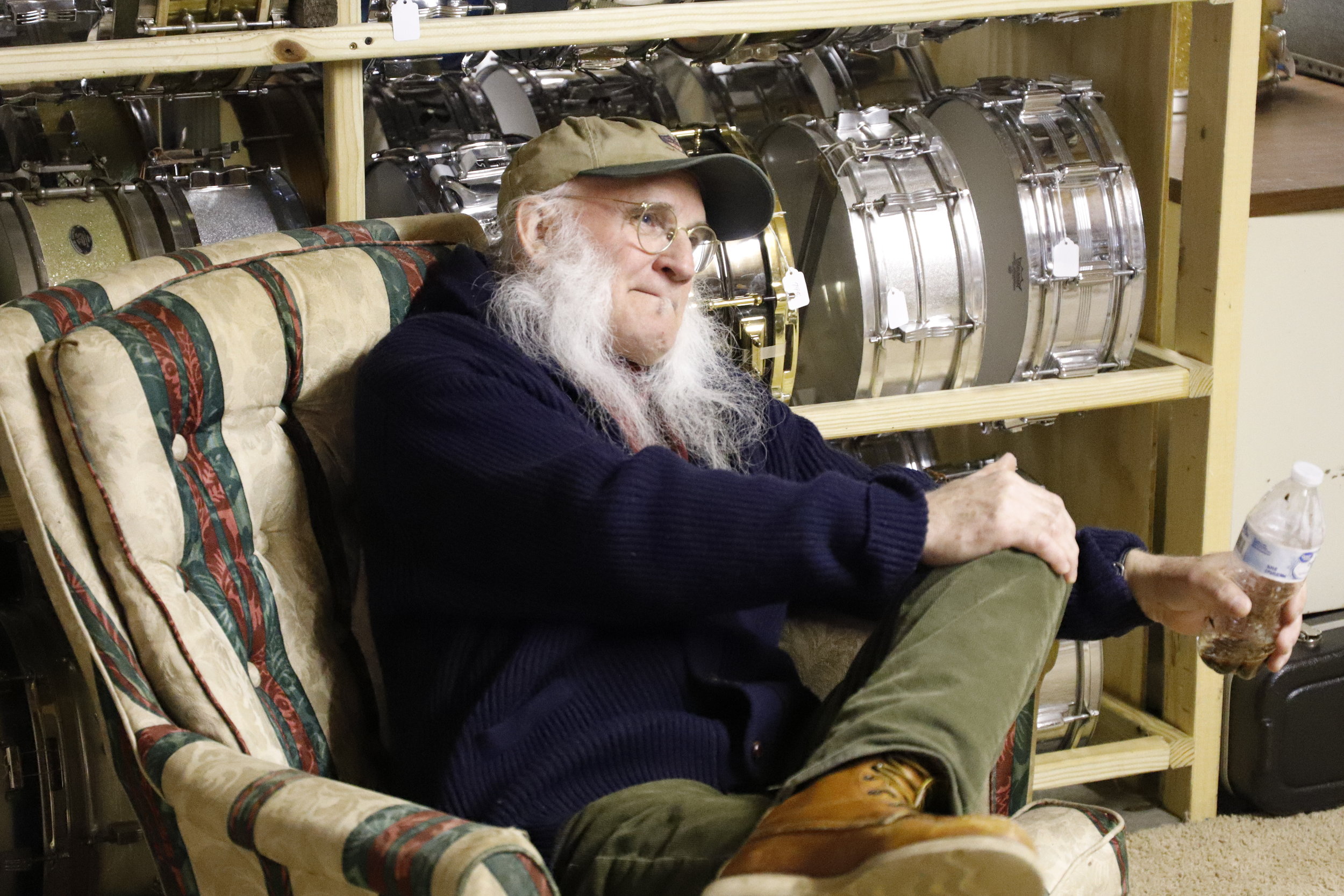
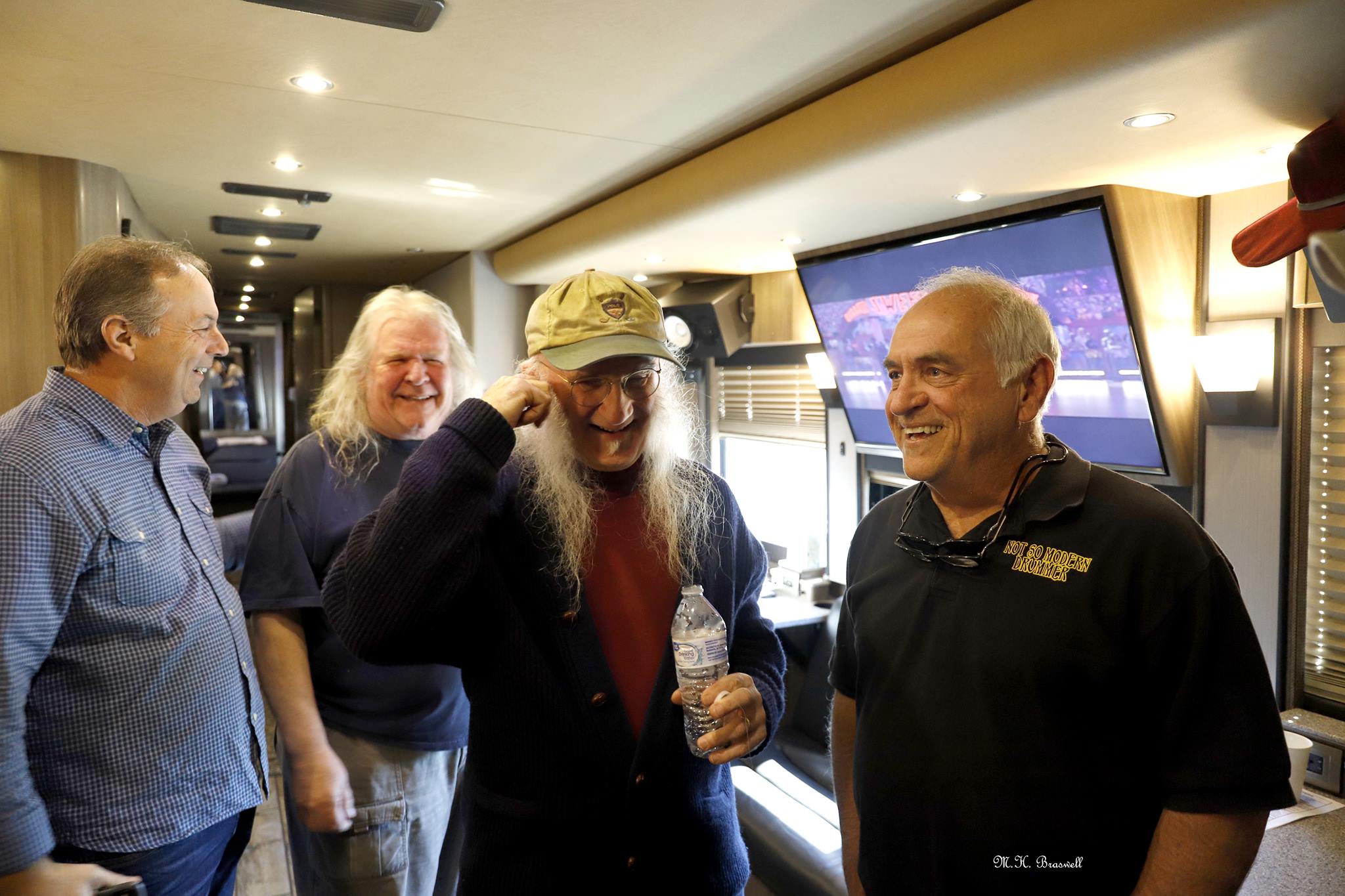
It is fun just to hear Fred talk with his thick Kentucky accent. He is a fantastic storyteller with a lot of knowledge about music, musicians, and gear. Fred took us inside the venue to see his iconic drum set. As you know, it is an eclectic set of vintage drums from the 1940s to the present. The drums are dusty, crusty, and beautiful. Scott told me no one is allowed to clean them or monkey with them in any way. Fred didn't want the "Mojo" disturbed. I was able to sit behind them. Fred sits very low on his stool. I did not so much as tap on the heads, but it was tempting to thump the big double bass drums.
Read moreHal Blaine, legendary "Wrecking Crew" L.A. studio drummer, dies at age 90
Hal Blaine, playing his “Monster Set”.
One element that characterized Blaine’s drum sound was the lower tuning he used, which became the standard drum sound on rock recordings. “I came along at a time when drummers tuned their drums real high in pitch—real tight,” Blaine said in an April 1981 Modern Drummer cover story. “A lot of that was for technique so they could get a lot of ‘bounce to the ounce,’ so to speak. I tuned drums down to a normal, mid-range. I worked for many singers who liked the sound of my drums. When I started in the studios, some engineers would say, ‘You better tighten those drums up,” but the producers would say, ‘Don’t tell him what to do. We’re going for a different sound here.’”
Blaine also expanded his kit beyond the standard four- or five-piece drumsets that everyone was using at the time. “My set had 12 drums, which no one had ever heard of,” Blaine told Modern Drummer. “It really was a major change, which makes me very proud. I wanted a full, bigger spectrum of sound to be able to do more with drums.” He worked with Howard Oliver to build a larger set, which was soon marketed by Ludwig as the Octaplus. One of many songs on which that kit was featured was “Cherokee People” by Paul Revere & the Raiders.
Read moreIs the Moeller Method wrong for today's drumming?
Everywhere you turn these days, someone is talking about, writing about or demonstrating something they cheerfully call "Moeller". But here's the thing -- there appears to be a lot of different techniques being presented as Moeller. So I decided to see if I could get to the bottom of the apparent confusion, and here's what I found out about our friend "Gus" and his teachings.
Read more
